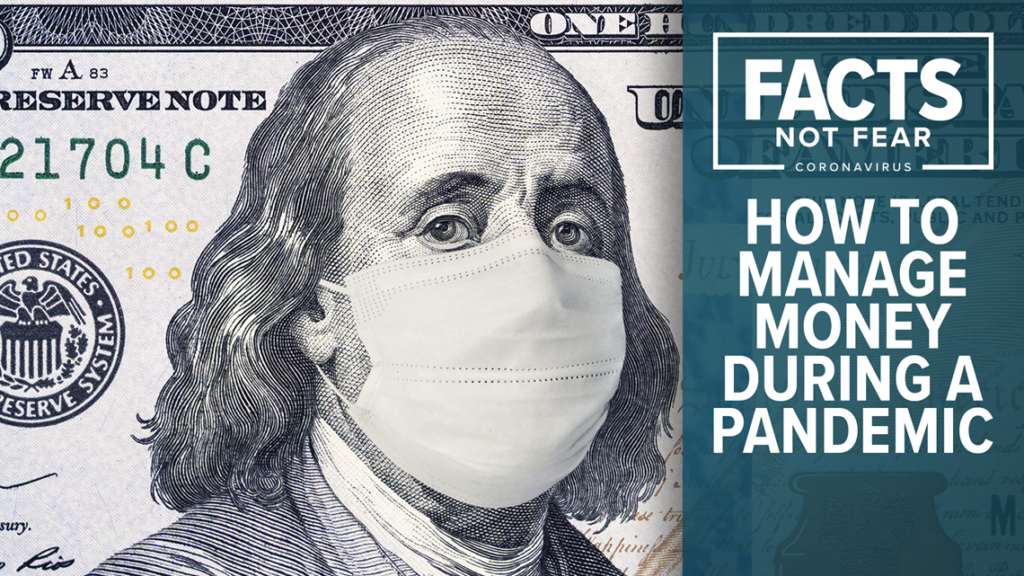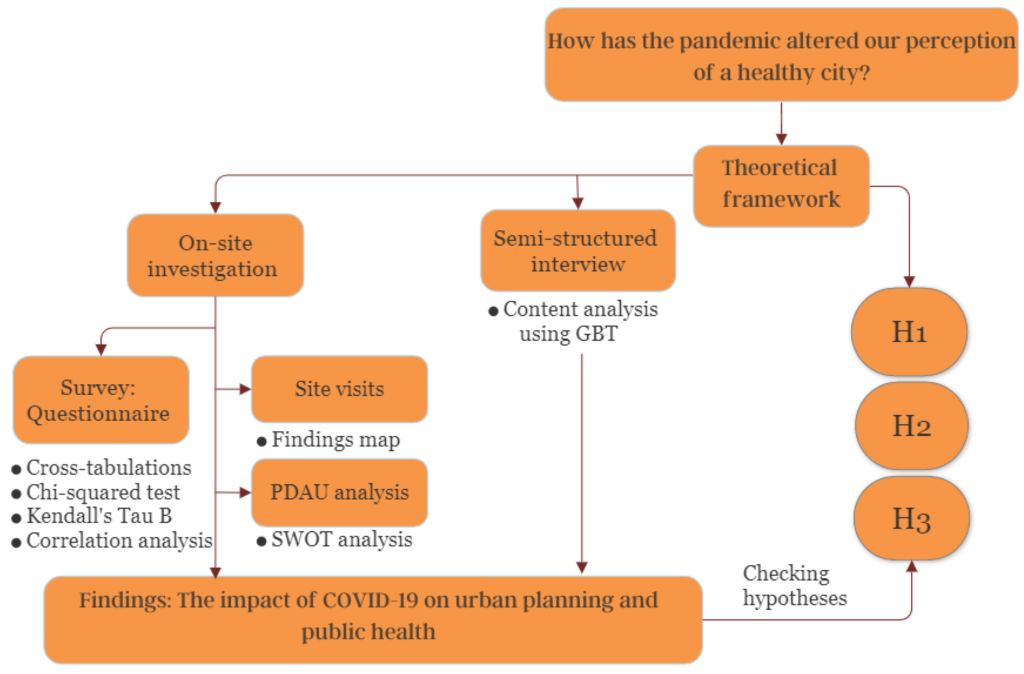The 2008 Financial Crisis was a global economic disaster that shook the world’s financial systems to the core. The crisis, which began when the housing bubble burst in the United States, resulted in numerous bank failures, severe market declines, and a severe recession that impacted millions of people worldwide. This contextual investigation dives into the causes, key occasions, and results of the 2008 monetary emergency, as well as the examples discovered that keep on affecting monetary guideline and financial approach today.
World Economic Situation:
Prior to the Crisis: The global economy experienced strong growth prior to the crisis, which was fueled by low interest rates, rising asset prices, and increased borrowing. Particularly, the housing market in the United States flourished, with home prices reaching all-time highs.
Innovation in finance: Mortgage-backed securities (MBS) and collateralized debt obligations (CDOs) were two examples of complex financial products that emerged quickly in the financial sector. While spreading risk, these instruments also obscured the system’s underlying vulnerabilities.
The Housing Bubble in the US:
Subprime Home loans: The proliferation of subprime mortgages, which are home loans offered to borrowers with poor credit histories, was a significant contributor to the crisis. Many homeowners found it challenging to repay these mortgages because they were typically issued with low initial interest rates that later reset to much higher levels.
Price appreciation for housing: Housing costs in the United States more than doubled between 2000 and 2006. Many buyers bought homes with the expectation that prices would continue to rise indefinitely as a result of this rapid appreciation.
The Crisis’s Root Causes:

Excessive Financial Sector Risk-Taking:
Risk and leeway: Monetary foundations, especially venture banks, participated in elevated degrees of influence, acquiring broadly to put resources into contract supported protections and other dangerous resources. Because of this, they were open to any decline in asset prices.
Risk Management Failure: The risks associated with investments were often underestimated by many financial institutions. Products that appeared to be much less risky were frequently given high ratings by credit rating agencies, which were supposed to evaluate the risk of these securities.
Lack of regulation and oversight:
Policies that Deregulate: Financial regulation had been steadily weakening over the decades before, allowing banks to take on more risk. Key deregulatory measures remembered the annulment of the Glass-Steagall Represent 1999, which had recently isolated business and venture banking exercises.
Lack of Control: The financial system’s increasing risks were ignored by regulatory bodies like the Federal Reserve and the Securities and Exchange Commission (SEC). Regulators also had a hard time determining the full scope of the issue due to the lack of transparency in the trading of complex financial instruments.
Imbalances in the world:
Global Capital Transfers: The housing bubble was fueled in part by significant capital inflows into the United States from oil-exporting nations and emerging markets. The availability of credit and the low interest rates maintained by these capital flows encouraged borrowing and housing investment.
Balances in the current account: Due to greater imports than exports, the United States ran significant current account deficits. This imbalance was paid for by borrowing money from other countries, which contributed to the accumulation of debt that eventually became unmanageable.
Crucial Moments in the Crisis:
The Breakdown of Bear Stearns and Lehman Siblings:

Stearns Bear: Due to its exposure to mortgage-backed securities, Bear Stearns, one of the largest investment banks in the United States, failed in March 2008. JPMorgan Chase paid a fire-sale price to acquire Bear Stearns as part of the Federal Reserve’s rescue plan.
Brothers Lehman: Another major investment bank, Lehman Brothers, filed for bankruptcy in September 2008 after failing to acquire a buyer. The global financial system was rocked by Lehman Brothers’ collapse, which resulted in a severe liquidity crisis and a sharp decline in global stock markets.
Intervention by the State:
Covering and Bank Bailouts: The Troubled Asset Relief Program (TARP), a $700 billion bailout designed to stabilize the financial system by purchasing distressed assets and providing capital to struggling banks, was implemented by the United States government in response to the crisis. The government gave a lot of money to big financial institutions like Bank of America, Citigroup, and AIG.
Coordination worldwide: To supply the financial system with liquidity, efforts were coordinated by central banks all over the world, including the Federal Reserve, the European Central Bank, and the Bank of England. Interest rates were reduced, quantitative easing was implemented, and banks were given emergency loans.
Impacts of the economic downturn:
Recession worldwide: Many nations’ GDP decreased as a result of the global recession brought on by the financial crisis. In 2009, unemployment in the United States reached 10%, and millions of people lost their homes to foreclosure.
Financial exchange Breakdown: During the crisis, major indices like the Dow Jones Industrial Average and the S&P 500 lost more than half of their value compared to their peaks prior to the crisis.
Outcomes and Examples Learned:
Social and Economic Impact:

Generalized Unemployment: The downturn prompted far reaching employment misfortunes, with a great many individuals all over the planet losing their jobs. The monetary slump excessively impacted lower-pay families, compounding pay disparity.
Wealth Loss: Households suffered a significant wealth loss as a result of the collapse in housing prices and stock markets. Negative equity resulted in homeowners’ homes having a value that was lower than their mortgages, wiped out retirement savings for many.
Reforms to regulations:
Act of Dodd-Frank: In light of the emergency, the U.S. government authorized the Dodd-Plain Money Road Change and Buyer Assurance Act in 2010. The goal of this legislation was to protect consumers from predatory lending practices, improve bank oversight, and make financial markets more transparent.
3. Basel: Basel III, a set of reforms meant to improve banks’ regulation, supervision, and risk management, was introduced internationally by the Basel Committee on Banking Supervision. These changes included higher capital necessities and stricter liquidity norms for banks.
Reconsideration of Monetary Hypotheses:

Market Efficiency in Doubt: The efficient market hypothesis, which states that financial markets always accurately price assets based on the information that is available, was reevaluated as a result of the financial crisis. This theory’s limitations were made clear by the widespread mispricing of risk in the years leading up to the crisis.
Concentrate on Systemic Danger: The financial crisis made it clear how crucial it is to deal with systemic risk in the system. Since then, regulators have placed a greater emphasis on the financial institutions’ interconnectedness and the likelihood of a domino effect if one fails.
Conclusion:
The 2008 financial crisis was a turning point in the history of global economics. It brought to light the weaknesses and excesses of the financial system, which resulted in widespread economic hardship and prompted a reexamination of economic policy and financial regulation. The emergency featured the risks of inordinate gamble taking, lacking oversight, and worldwide irregular characteristics, and its fallout keeps on forming the monetary scene today. The lessons learned from the 2008 crisis are still relevant today as policymakers and regulators strive to preserve the global economy’s stability. Although significant reforms have been implemented to prevent a recurrence,



GIPHY App Key not set. Please check settings